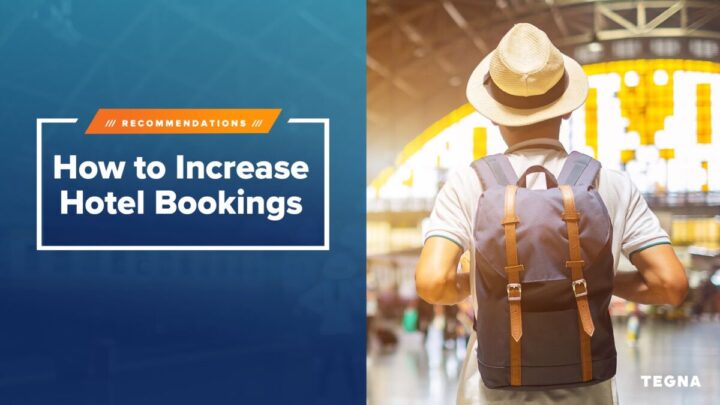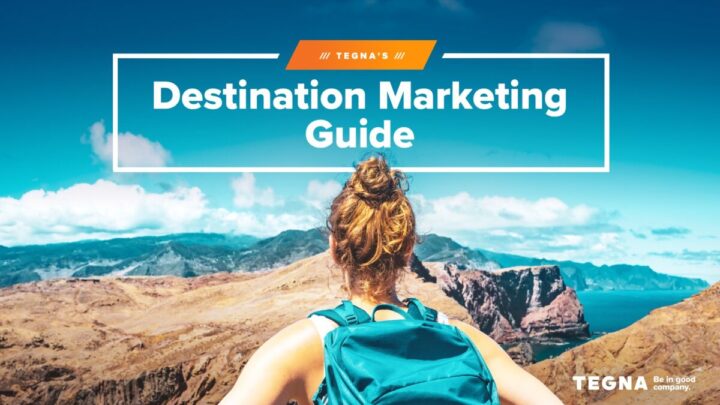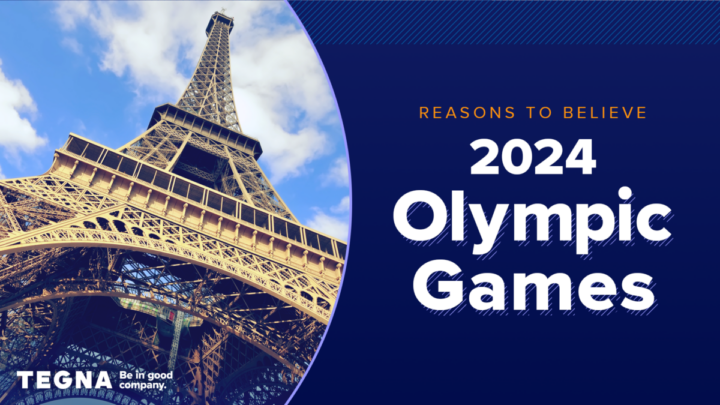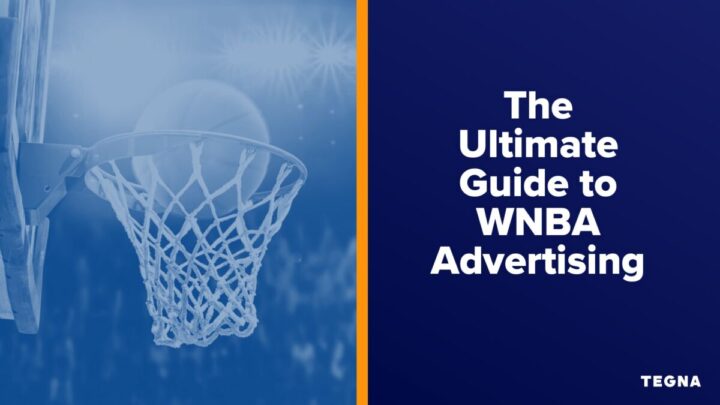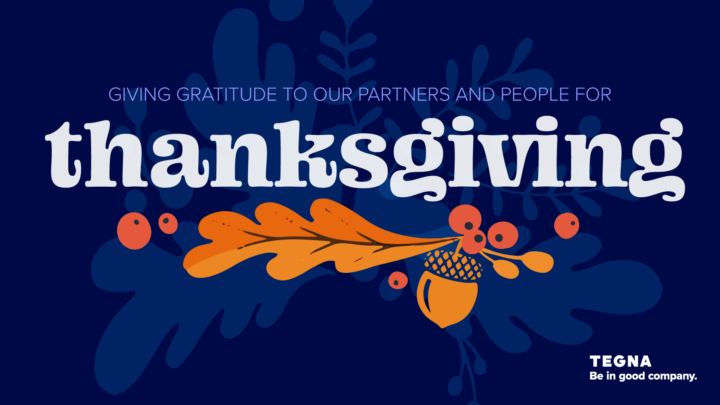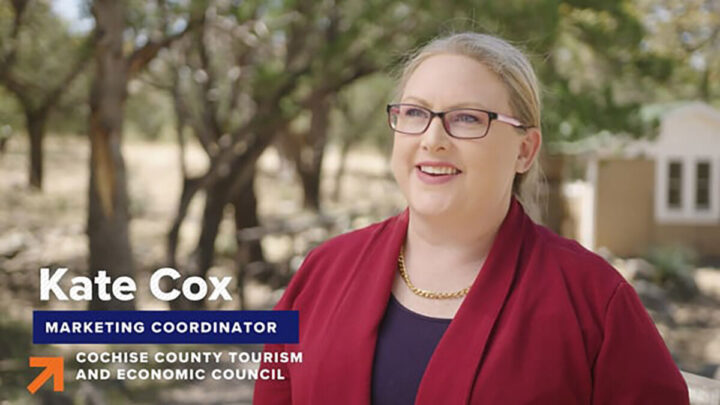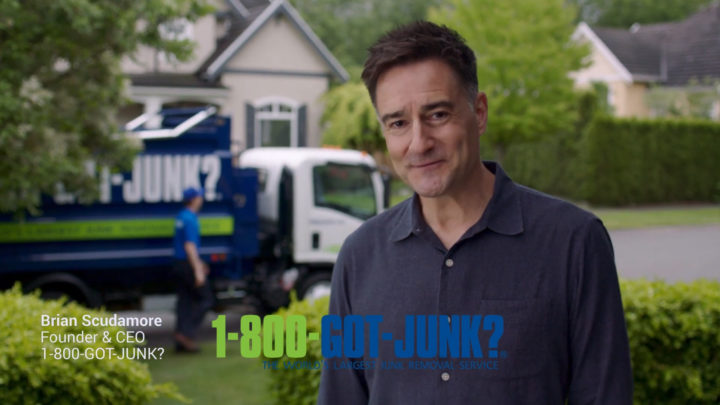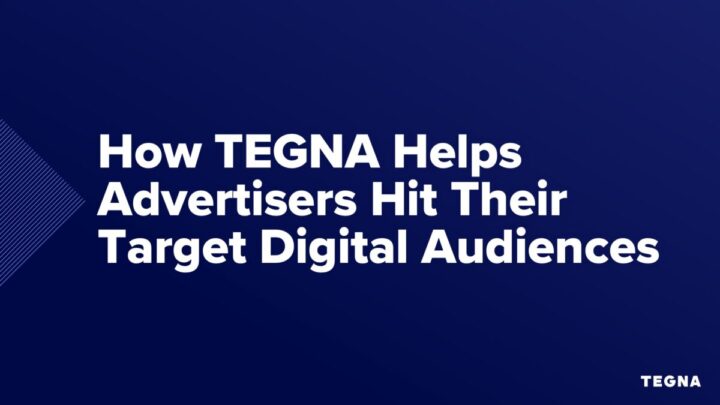How to Build a Fun & Engaging Staycation Marketing & Advertising Campaign
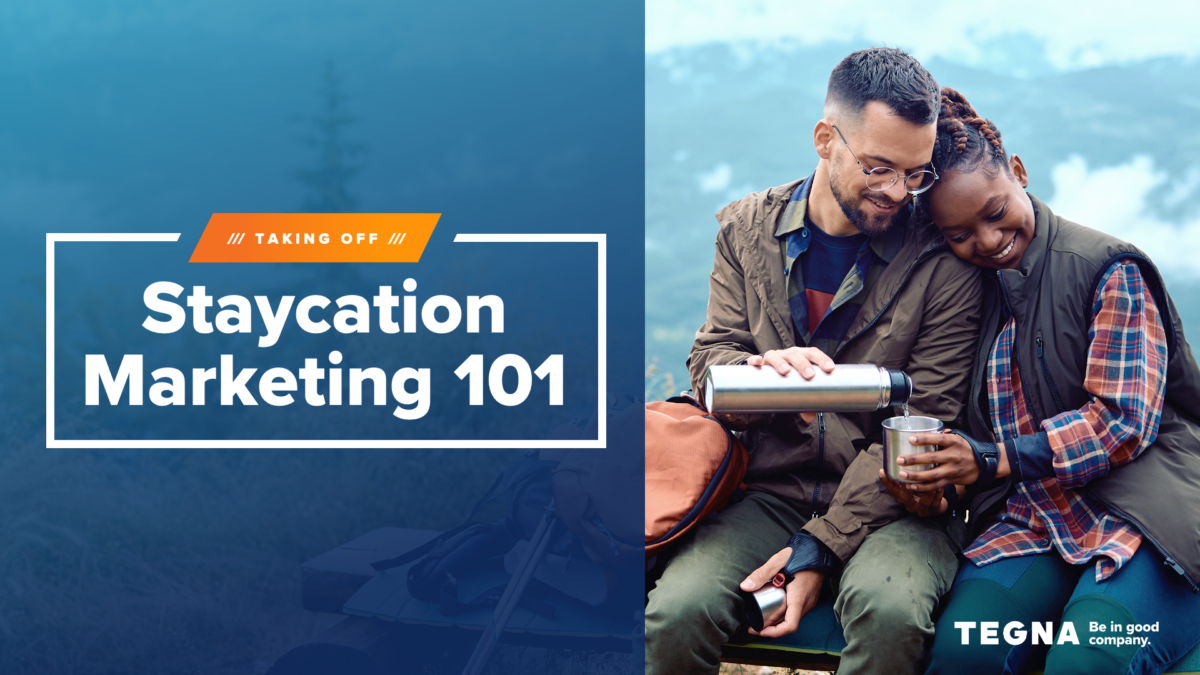
As inflation concerns continue to linger for American consumers, they aren’t cutting travel budgets altogether. They’re just shifting how and where they’re traveling.
New insights unpacked in TEGNA’s new travel study: “Taking Off: Understanding Today’s Leisure Traveler,” reveal that hometown tourists and staycations are on the rise, and travel and tourism brands will be wise to position marketing and advertising campaigns to attract locals looking to get away while staying closer to home.
Let’s jump into some comfy clothes, explore the staycation marketing and advertising world, and discover how your brand can leverage this trend to boost engagement and revenue.
TLDR: Amid inflation concerns, we’re seeing a rise in hometown tourists and staycations, underlining the need for travel, tourism, and hospitality brands to research, plan, and book a cross-channel marketing and advertising campaign that includes partnering with local brands, such as your local news station.
What is Staycation Marketing & Advertising?
Staycation marketing and advertising refer to businesses’ strategies (mainly hotels and travel brands) to entice residents to take short breaks or vacations within their region. These campaigns aim to showcase the value, convenience, and relaxation that come without the need for extensive and elaborate travel plans.
Staycation Marketing Statistics to Know
Despite economic concerns, 1 in 3 Americans (76%) expect inflation to impact travel in the coming year. Insights from our new e-book found travel plans are changing in the following ways to navigate through inflationary headwinds:
- 42% will look for less expensive accommodations
- More travelers are booking directly with vendors to access benefits, like loyalty perks and special offers, and to avoid extra fees
- 35% will book shorter vacations
- 34% will travel closer to home
- 32% will dine out less often while on vacation
- 27% will cut back on excursions
- 16% will avoid flying
Those aren’t the only activities that are changing. The top staycation activities are:
- Outdoor activities (48%)
- Beach (39%)
- Live entertainment (33%)
- Museum (28%)
- Zoo/aquarium (28%)
- Sporting event (27%)
- Amusement park (27%)
- Casino (24%)
- Brewery/winery (24%)
- Health spa (15%)
Lastly, motivations for travel have shifted slightly, which now include:
- Relaxation (34%)
- Bond with family and friends (24%, a +7% increase since pre-2020)
- Escape (14%)
- Adventure (9%)
Why Your Brand Needs a Staycation Marketing Campaign
The recovery of the travel and tourism industry has reached cruising altitude. Whether headed for a staycation or going abroad, Americans view vacation as the highlight of their year. Despite economic challenges and staffing shortages causing turbulence across the country, 94% of Americans are planning leisure travel in the next 12 months.
Now is the perfect time for travel and tourism brands to refresh campaigns to appeal to this new mindset, especially with so many Americans looking to make up for lost time, hit the road, experience adventure, and catch up with family and friends.
To attract hometown tourists, a staycation marketing campaign offers many benefits, from fostering local community connections to capitalizing on the emerging travel trends discovered in “Taking Off: Understanding Today’s Leisure Traveler.”
The Common Challenges of Staycation Marketing
While staycation marketing presents exciting opportunities, it also comes with challenges, including:
- Competition: Standing out in a crowded local market.
- Perception: Top-notch service is always expected, even without a five-star hotel rating, but many travelers believe that service and staffing levels have declined in the past few years. Conversely, travelers rated cleanliness and cancellation policies as much improved.
- Variety: Offering diverse experiences to cater to different interests. However, a recent report from AdAge shows that brands can benefit from and develop a competitive advantage by narrowing their scope of services.
3 Tips for a Successful Staycation Marketing & Advertising Campaign Strategy
Whether it’s rediscovering the hidden gems in your city or providing a haven for those seeking relaxation without the hassle of travel, a staycation offers a unique opportunity for hospitality businesses to captivate local audiences. From leveraging the charm of local experiences to mastering the nuances of digital engagement, here are some proven tips to guide your staycation campaign:
1. Create Travel Personas
Do you want to target millennials? Families? Sports fans? Identifying key segments within your local audience and tailoring your messaging to their preferences and behaviors is critical, and using customer data to create persona profiles is a great place to start in understanding the staycation-intenders.
Want to know more about the specific demographics of these travel-intenders? Download “Understanding Today’s Leisure Traveler” for a deep dive into their demographics.
2. Create a Local Media Plan with the Right Advertising Channels
When developing your media plan, choosing the proper marketing channels can make or break your campaign. Each channel serves a unique purpose in reaching and engaging potential customers, from local news media to digital advertising.
We’ve seen multiple success stories when travel and tourism brands create a cross-channel campaign. Consider the following local media channels:
- Local TV Ads: “Understanding Today’s Leisure Traveler” found that viewers rely on and trust local news stations to educate them on nearby tourist activities and the latest travel trends. When brands advertise alongside trusted news content, they experience the halo effect, and local news viewers are more likely to take notice of advertising brands.
- Lifestyle Segments: Thirty-second ads might not be enough time to communicate everything that makes your destination great. Appearing on a Lifestyle show offers the chance to collaborate with local influencers – aka show hosts – and go more in-depth to educate and bring awareness to audiences on everything your brand offers.
- Event Sponsorships: Today’s consumer is involved in their local community, and local event sponsorships are a great way to build brand awareness, align with beloved local brands, and become a key player in the community.
- Leverage Location-Based Advertising: With geofencing, you can draw a virtual fence around a particular area (or a competitor’s location) and digitally target audiences within that location with online ads, offers, and promotions. Learn more about the ins and outs of geofencing here.
- Contextual Advertising: Contextual advertising delivers relevant ads to users based on their activity and online content viewing. For example, you see contextual advertising if you read an article on 12News.com on “things to do this weekend” and see a display ad for a nearby casino.
- Native Advertising: Native advertising, sometimes referred to as sponsored content, matches the visual experience of editorial content in an online publication but is intended to promote the advertiser’s product and be more educational and informative. Survey data shows that 70% of internet users favor learning about products through content rather than traditional advertising, and purchase intent is 53% higher with native ads.
3. Measure Results and Adjust
What are your marketing goals? Whether it’s increasing the number of bookings, revenue, or website traffic, generating leads, boosting brand awareness, or improving brand affinity, it’s critical to identify measurable KPIs that align with your brand goals.
After establishing measurable KPIs, you can use a measurement tool, such as TEGNA Attribution, to measure clear ROI from any ad campaign, including ad viewers and their actions after seeing your ad. We can also measure how many people visit, how long they stay, and where they travel from.
Ramping Up Your Staycation Advertising Campaign
Successfully launching a staycation campaign requires strategic timing and precise targeting to transform a campaign into an unforgettable experience. While emphasizing the benefits of staying local or close to home for vacations, don’t forget to consider the following:
- Upper-Funnel Targeting: Generating brand awareness first.
- Lower-Funnel Strategy: Focus on lower-funnel last so you can adjust your plan alongside emerging and shifting travel trends
3 Staycation Marketing Ideas to Try
Consider implementing these creative ideas to enhance your staycation marketing campaign:
- Add a Staycation-Specific Section to Your Website: Create a dedicated section showcasing local attractions and staycation packages. You should highlight hidden gems and unique experiences in your area and consider bundling accommodations with exclusive local experiences or providing discounts to nearby residents. Offering limited-time flash deals will create a sense of urgency and increase bookings and visits. Additionally, ensure your online listings are up-to-date. Don’t forget to optimize your Google My Business listing with accurate information and appealing visuals.
- Keep Holidays and Seasonality in Mind: Postponed family gatherings after years of postponement drive travelers to spend more on multigenerational events, with half of all surveyed travelers planning this type of vacation. The holidays present an excellent opportunity to get the entire family together, so keep this in mind when creating seasonal and holiday campaigns.
- Partner with Local News Channels and Influencers in Your Area: Travel content is reliably popular among American consumers, who are more likely to trust travel recommendations from local news. Nearly 60% of viewers rely on local news stations to educate them on nearby tourist attractions and activities, and 44% rely on local news to keep them updated on the latest travel trends. Appearances and sponsorships on Lifestyle shows are an excellent opportunity for brands to partner with local influencers – such as the Lifestyle show hosts – to showcase the staycation experience at your establishment.
Taking the Next Step in Your Staycation Marketing Strategy
Ready to make the most of the staycation trend? With the right approach and a dash of local charm, your staycation campaign can impact your brand and customers. With TEGNA, we can help craft an irresistible campaign that captivates your local audience, taps into emerging trends, and showcases the wonders of your community – from beginning to end. Let’s get in touch to start planning our journey together.
Frequently Asked Questions
Why are staycations so popular right now?
Amid inflation concerns, we’re seeing a rise in hometown tourists and staycations. Staycations offer the convenience of exploring local attractions and saving money on travel expenses, making it a prevalent decision during uncertain economic times.
How can I best promote my staycation deal?
Viewers trust local news outlets and are highly likely to accept recommendations from these sources. A successful cross-channel campaign can include 30-second spots, appearances on lifestyle, and sponsored content segments on linear and streaming TV, paired with digital elements such as contextual and native advertising, geofencing, and location targeting.
How can I assess the demand for staycations in my area?
A partnership with your local news station will come in handy here. They have research departments with access to your area’s latest data, trends, and insights to help inform travel and tourism campaigns on demand, intender demographics, locations, mindset, behaviors, and more.
What’s the difference between a staycation and a vacation?
A staycation involves taking a vacation close to home, usually within one’s own city or region. A vacation typically involves traveling to a different city or country for leisure.

